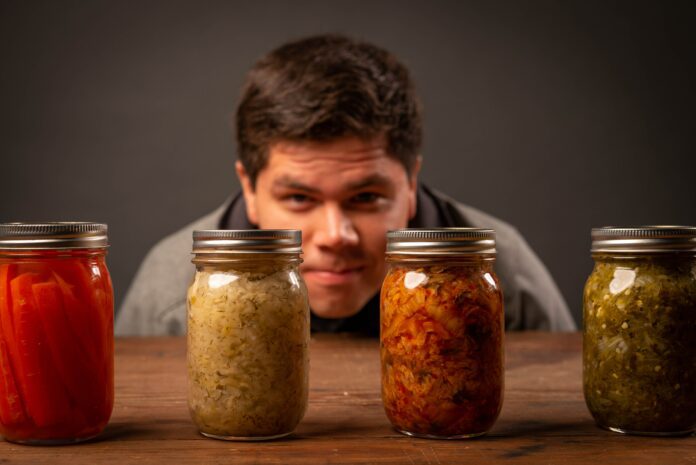COVID-19 cases affected the way we go out, work at our jobs, and go to school. Back when COVID-19 first hit the U.S in March 2020 and Americans went into lockdown/quarantine, people used it as a way to begin projects they’ve always wanted to do like making a sourdough starter. Throughout 2020, there were multiple videos, TikToks, and food blogs that were putting out “How to Make Sourdough Bread,” content, along with tons of other baking content. However, if you didn’t get to jump on the trend two years ago, now might be the perfect time to start some kind of fermentation project! There are so many things to ferment besides sourdough, from vegetables to drinks, so here is a list of ideas to marinate in.
1. Sourdough Bread | Difficulty level: 2 out of 5 stars
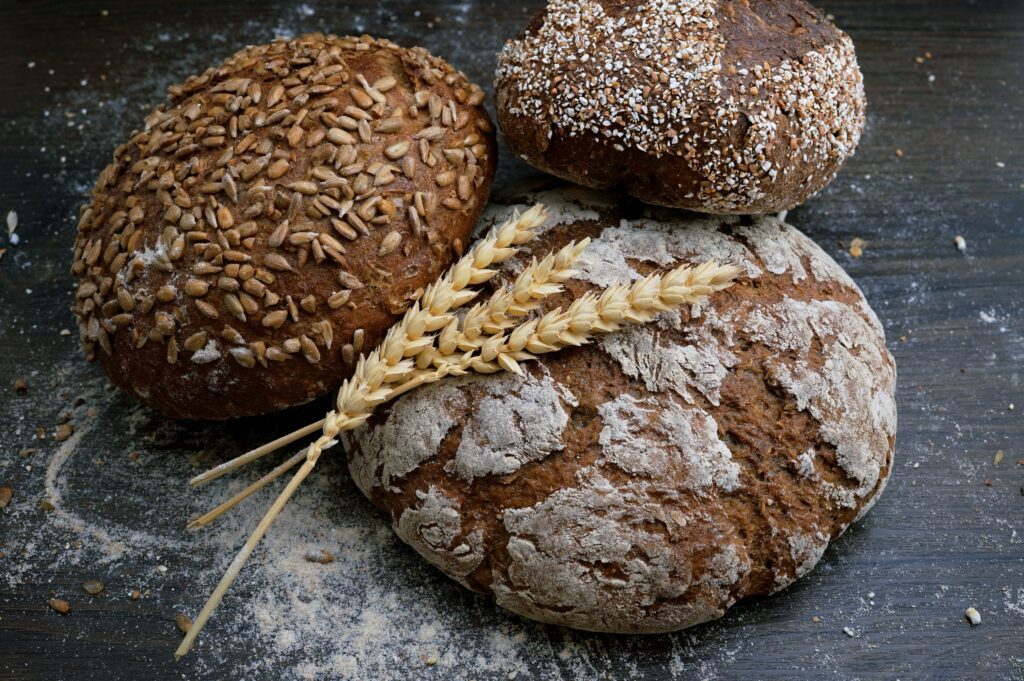
Before we get to the other ideas, let’s start off with the quarantine OG. Bread itself is a glorious invention, but making it yourself? You get to be satisfied and proud. Making a sourdough starter will be the first step, if you’re brave enough to tame it. The live culture is made of water and flour, and once combined, the mixture begins to ferment using the naturally occurring yeasts and bacteria present. Only a small portion of this culture is used to make bread dough rise. It should be fed regularly with water and flour to strengthen the rising power. You will know it’s ready to use when the mixture starts to increase in size and gets bubbly. This process can take anywhere between 2-12 hours, depending on the temperature.
The process of making the bread is fairly simple. There are a number of sourdough bread recipes online to make the process easier. All you would need is water, sourdough starter, olive oil, sea salt, and bread flour. With the correct measurements and correct way to knead and fold the bread mixture, you will have a perfect looking sourdough loaf in no time.
2. Kombucha | Difficulty: 4 out of 5 stars
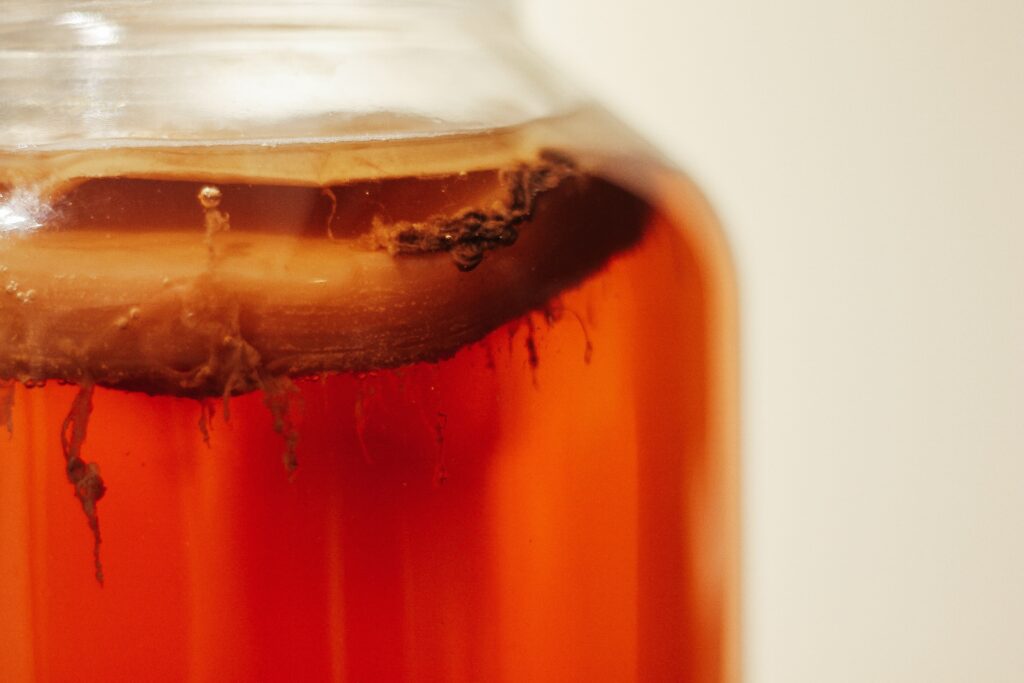
This fermented drink takes a while to make, but if you’re determined and want to start drinking your own kombucha instead of buying a $10 glass at Whole Foods, then why not try? For this bubbly drink, you will need to make a SCOBY (symbiotic culture of bacteria and yeast). A SCOBY is a rubbery ingredient used in the fermentation process of making kombucha. Making a SCOBY consists of tea, some store-bought kombucha, and a fermentation process of one to four weeks. After the SCOBY is formed, kombucha takes about two fermentation cycles to complete and each cycle can take up to seven days. Here is an easy recipe to follow if you are still interested in trying!
3. Probiotic Yogurt | Difficulty: 1 out of 5 stars
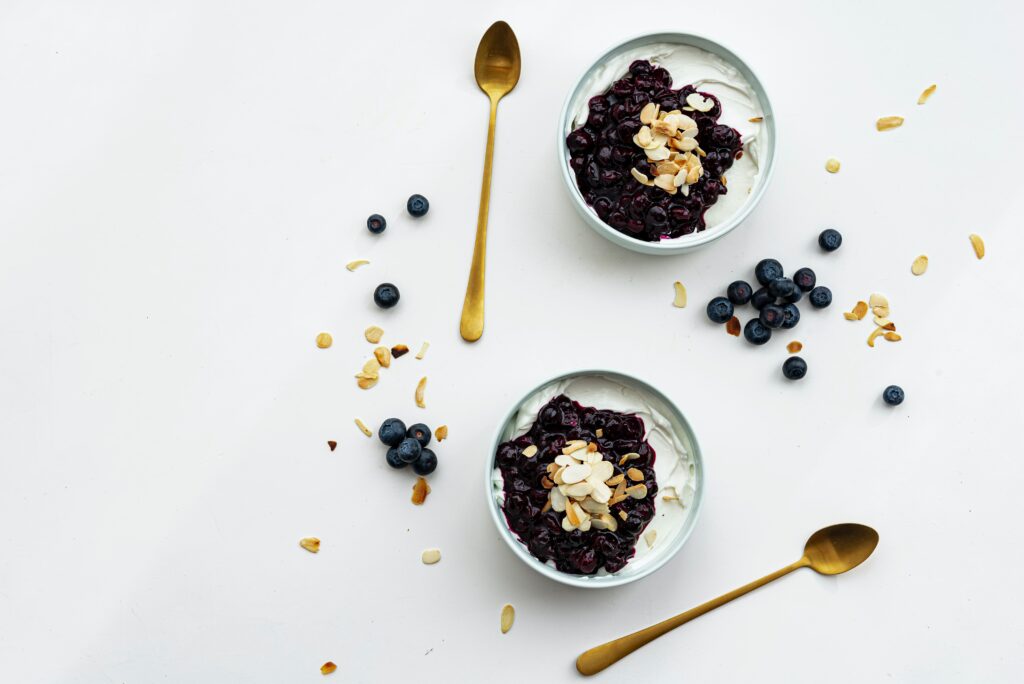
Now this is an easy fermentation process to start. My family has been making our own yogurt for the past 10 years, so maybe it’s biased to say it’s easy. But, all you need is milk and some plain yogurt to act as a starter culture. The fermentation process can take up to 24 hours, but that will only guarantee a larger amount of probiotics. The basic steps of making yogurt goes like this: bring milk up to 180 degrees to pasteurize and kill any bacteria, cool the milk down to 100 degrees, add in the starter culture (plain yogurt), stir well and cover, and then just keep the mixture around 110 degrees for at least eight hours to ferment. These homemade yogurts can be stored for up to two weeks and are the perfect breakfast or snack. The thick, greek yogurt-like texture is smooth unlike some chunky store-bought greek yogurts. Plus, if you’re afraid of using milk, using a milk substitute like oat or coconut milk will work too.
4. Kimchi | Difficulty level: 3 out of 5 stars
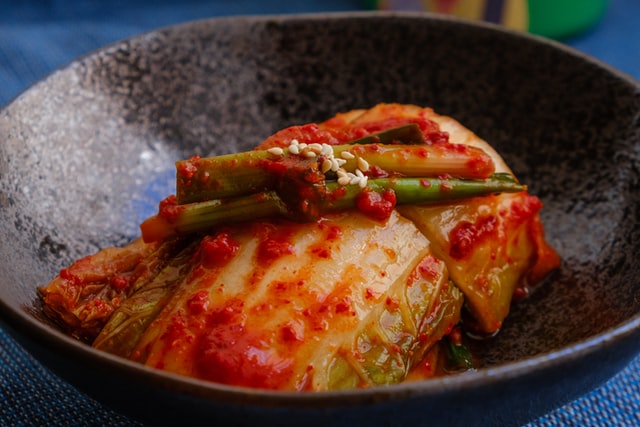
Kimchi, the national South Korean side dish. And a dish that can be fermented at home? Count me in. Kimchi is usually made and fermented in large batches with family and friends in the home. Like 10 lbs large. For those with a smaller New York kitchen or living by yourselves, it’s unrealistic to make such a huge batch. Thankfully, this recipe cuts it down to two lbs. Using napa cabbage, kimchi is a mixture made of garlic, sugar, red pepper, ginger, onions, and sweet rice flour. The process isn’t too difficult, but it may take a while. First thing is to cut the napa cabbage into quarter size pieces, rinse the cabbage with water, and sprinkle A LOT of salt every 30 minutes for a total of three times. While the cabbage sits, you can make the kimchi paste which will be applied to the leaves. After everything is applied to every inch on the cabbage, it can be stored in either some airtight Tupperware or jars. It should be left in a dark, cool place for a few days before moving the container to the fridge.


